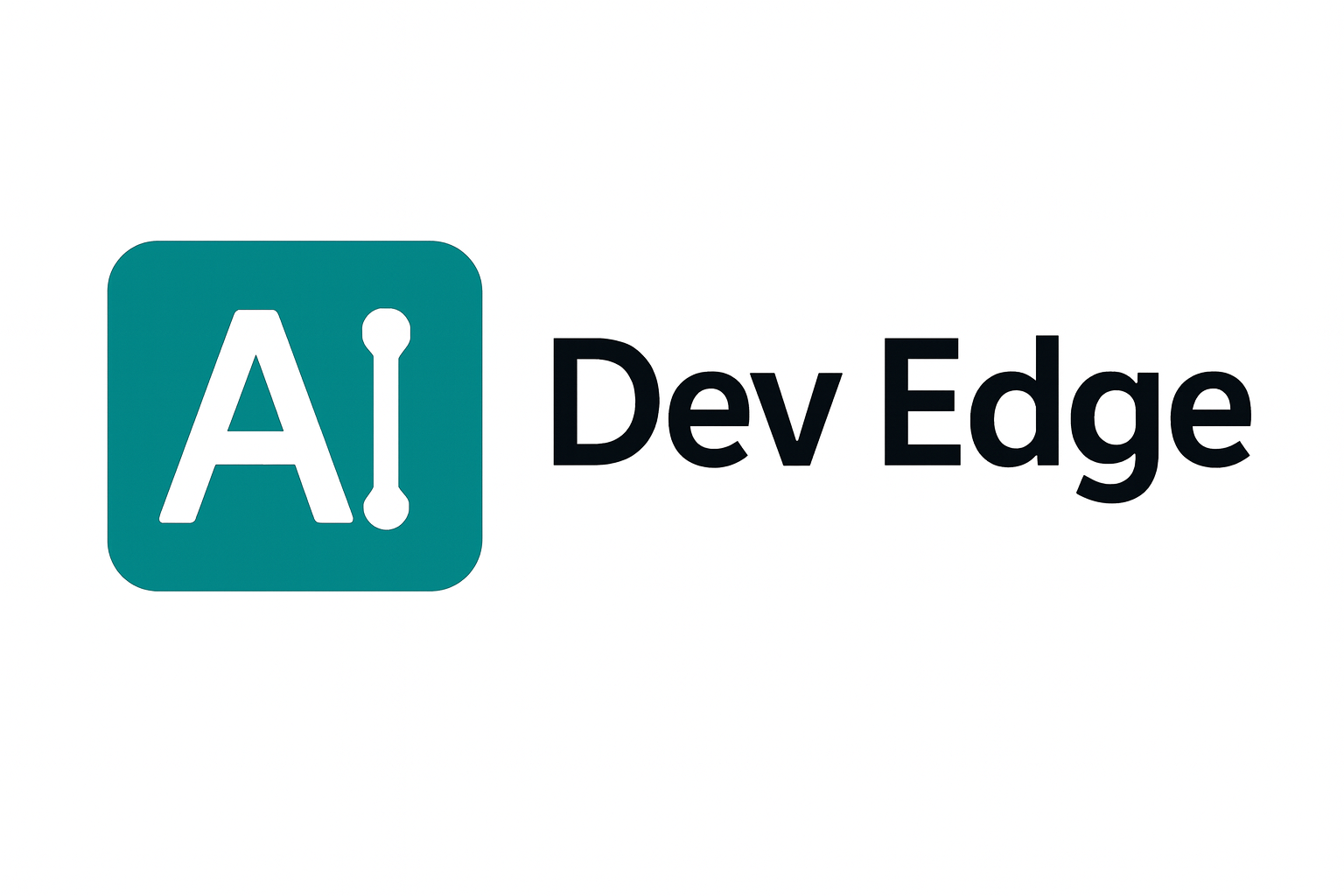Revolutionizing Workflow Automation: AI-Powered Assistant for Salesforce Copilot Studio
In today's fast-paced business environment, efficiency is key. Organizations are constantly seeking ways to streamline operations and improve productivity. Enter the AI-powered workflow automation assistant for Salesforce Copilot Studio, a game-changing solution that empowers non-technical users to execute complex processes using natural-language prompts. This article explores how this innovative tool leverages natural language understanding (NLU) and Salesforce's robust platform to enhance workflow automation.
Understanding AI-Powered Workflow Automation
What is an AI-Powered Workflow Automation Assistant?
An AI-powered workflow automation assistant is a sophisticated tool designed to interpret user intent through built-in natural language understanding (NLU). It maps this intent to available Copilot Actions, which are configured to launch Salesforce Flows or Apex invocable methods. This process allows for seamless execution of automation tasks, enabling users to engage with the system using everyday language.
Benefits of AI-Powered Automation in Salesforce
Implementing AI-powered automation in Salesforce brings numerous benefits:
- User-Friendly Interface: Non-technical users can operate complex systems without needing in-depth technical knowledge. This democratizes access to powerful tools.
- Increased Efficiency: Automation reduces the time spent on repetitive tasks, allowing employees to focus on more strategic activities.
- Consistency and Accuracy: Automated processes minimize human error, ensuring consistent and accurate execution of tasks.
How AI-Powered Automation Works
The AI-powered assistant functions by parsing user intent through NLU and mapping it to the correct Copilot Actions. These actions can trigger Salesforce Flows or Apex methods, executing automation within the platform. This seamless integration ensures that all processes adhere to Salesforce's standard Flow runtime and transaction controls, maintaining security and compliance.
Practical Examples of AI-Powered Automation
Consider a sales manager who wants to update the status of all leads in a specific campaign. Previously, this would require manual updates or complex programming. With the AI-powered assistant, the manager simply types a natural-language command, such as "Update all leads in Campaign X to 'Contacted'." The assistant interprets the request, maps it to the appropriate actions, and executes the update swiftly and accurately.
Security and Compliance in Automation
Security is a paramount concern for any automation tool. The AI-powered assistant for Salesforce ensures secure execution of automation tasks by operating within Salesforce's existing framework. This includes adherence to standard Flow runtime and transaction controls, providing peace of mind that data is handled safely and in compliance with organizational policies.
Implementing AI-Powered Workflow Automation
Steps to Get Started with the AI Assistant
-
Define Business Needs: Identify processes that could benefit from automation. Consider repetitive tasks that consume valuable time and resources.
-
Configure Copilot Actions: Set up Copilot Actions that align with your business processes. This involves mapping user intents to specific Salesforce Flows or Apex methods.
-
Train Users: Educate non-technical users on how to interact with the assistant using natural-language prompts. Provide training sessions and resources to ensure smooth adoption.
-
Monitor and Optimize: Regularly review automation processes to ensure they meet business goals. Make necessary adjustments to improve efficiency and effectiveness.
Overcoming Implementation Challenges
While the benefits are clear, organizations may face challenges during implementation. These can include resistance to change, technical hurdles, or the need for significant initial setup. Address these challenges by:
- Promoting the Benefits: Highlight the efficiency and productivity gains to garner support from stakeholders.
- Providing Adequate Training: Ensure users are comfortable with the new system through comprehensive training programs.
- Leveraging Expert Support: Consider working with Salesforce experts to streamline setup and configuration processes.
Conclusion: Embracing the Future of Workflow Automation
The AI-powered workflow automation assistant for Salesforce Copilot Studio represents a significant step forward in business process automation. By enabling non-technical users to execute complex processes with natural-language prompts, organizations can achieve unprecedented levels of efficiency and productivity. As businesses continue to navigate an ever-changing landscape, embracing AI-driven solutions will be crucial for maintaining a competitive edge.
FAQs
What is Natural Language Understanding (NLU)?
Natural Language Understanding (NLU) is a branch of artificial intelligence that enables machines to understand and interpret human language. It plays a crucial role in AI-powered workflow automation by allowing users to interact with systems using natural language.
How does the AI assistant ensure data security?
The AI assistant operates within Salesforce's secure environment, adhering to standard Flow runtime and transaction controls. This ensures that all automation processes are executed securely and in compliance with data protection policies.
Can the AI assistant be customized for specific business needs?
Yes, businesses can configure Copilot Actions to align with their unique processes. By mapping user intents to specific Salesforce Flows or Apex methods, organizations can tailor the assistant to meet their specific requirements.
